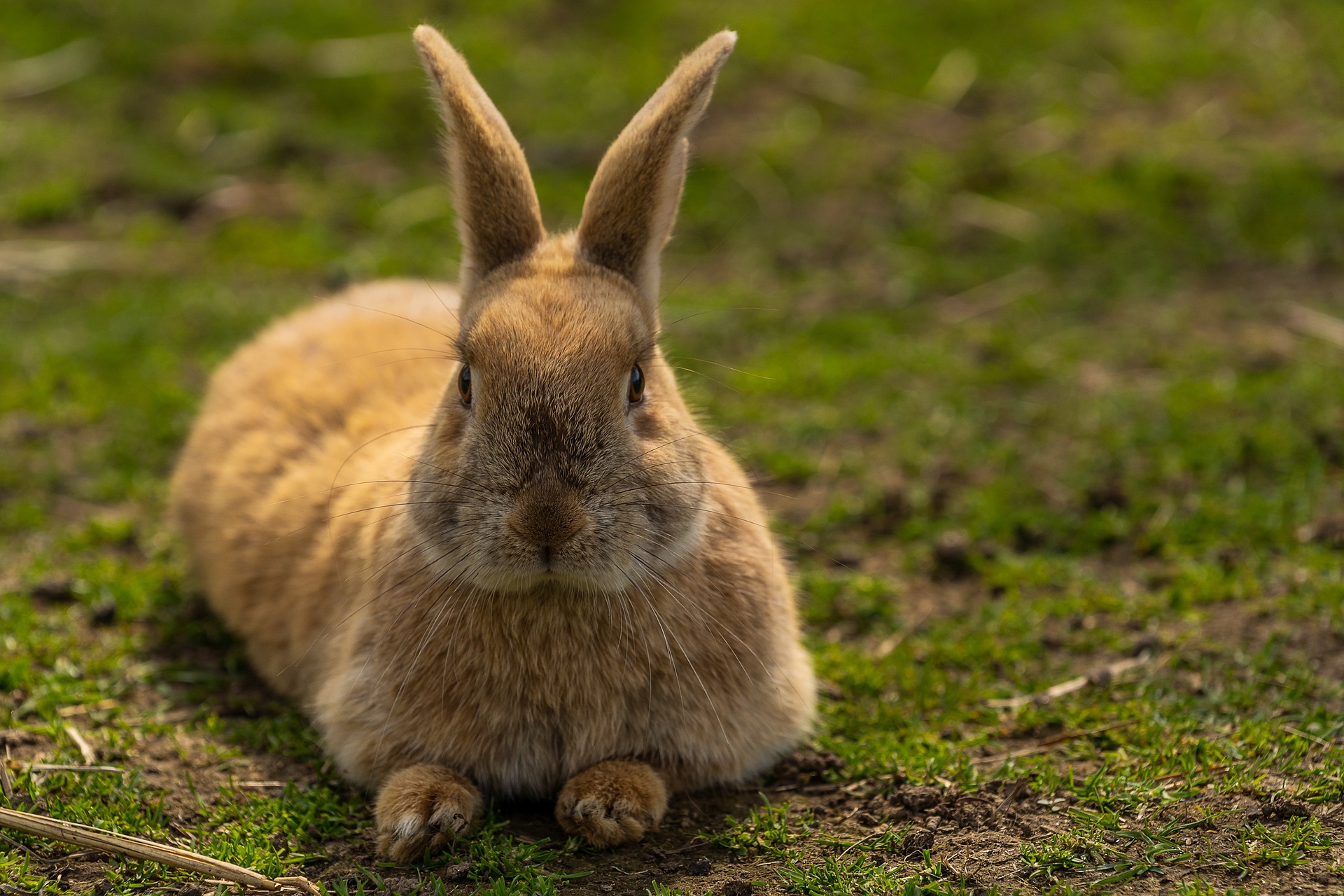
As the weather starts to warm up we wanted to remind rabbit owners about the dangers of flystrike. It can happen in other animals too e.g. guinea pigs.
What is flystrike?
It is caused by the green bottle fly which is attracted to damp fur soiled with urine or soft faeces. The fly lays eggs (up to 200) on the skin, which hatch into maggots. The maggots feed on the rabbit’s flesh and can create large, nasty wounds very quickly. It is usually the rear of the rabbit that is affected.
If you see any evidence of maggots on your rabbit it is an emergency – do not delay in contacting us.
Symptoms of flystrike
When suffering from flystrike, rabbits may initially seem quiet and lethargic. They will lose their appetite, and you may notice a strong smell. Eventually they will succumb from shock, flystrike is fatal if not treated promptly.
It is important to check your rabbit’s fur daily for any signs of maggots. The maggots hatch and grow rapidly, so the condition can progress very quickly.
Treatment of flystrike
As already stated, this is an emergency and your rabbit needs to see a vet. We treat flystrike by removing the maggots and attending to the resulting wounds. Rabbits often also need antibiotics and pain relief medication and may need further supportive care e.g. to be put on a drip. Sadly, in some advanced cases, euthanasia is the kindest option.
Prevention of flystrike
Any rabbit can get flystrike but those at greatest risk are those who struggle to keep themselves clean due to e.g. arthritis or obesity, or those with conditions that make them prone to urine or faecal soiling.
Check your rabbit’s bottom at least twice a day and keep their hutch clean. If your rabbit is dirty, wash with warm water and a shampoo specifically for small pets before rinsing and drying.
You can also apply a topical product called Rearguard that works by preventing fly eggs from hatching. Protection typically lasts for 8-10 weeks. Ask a member of our team for more information.
